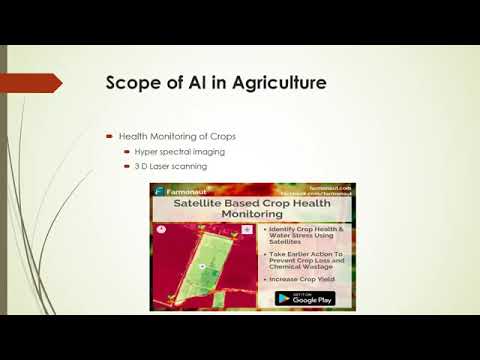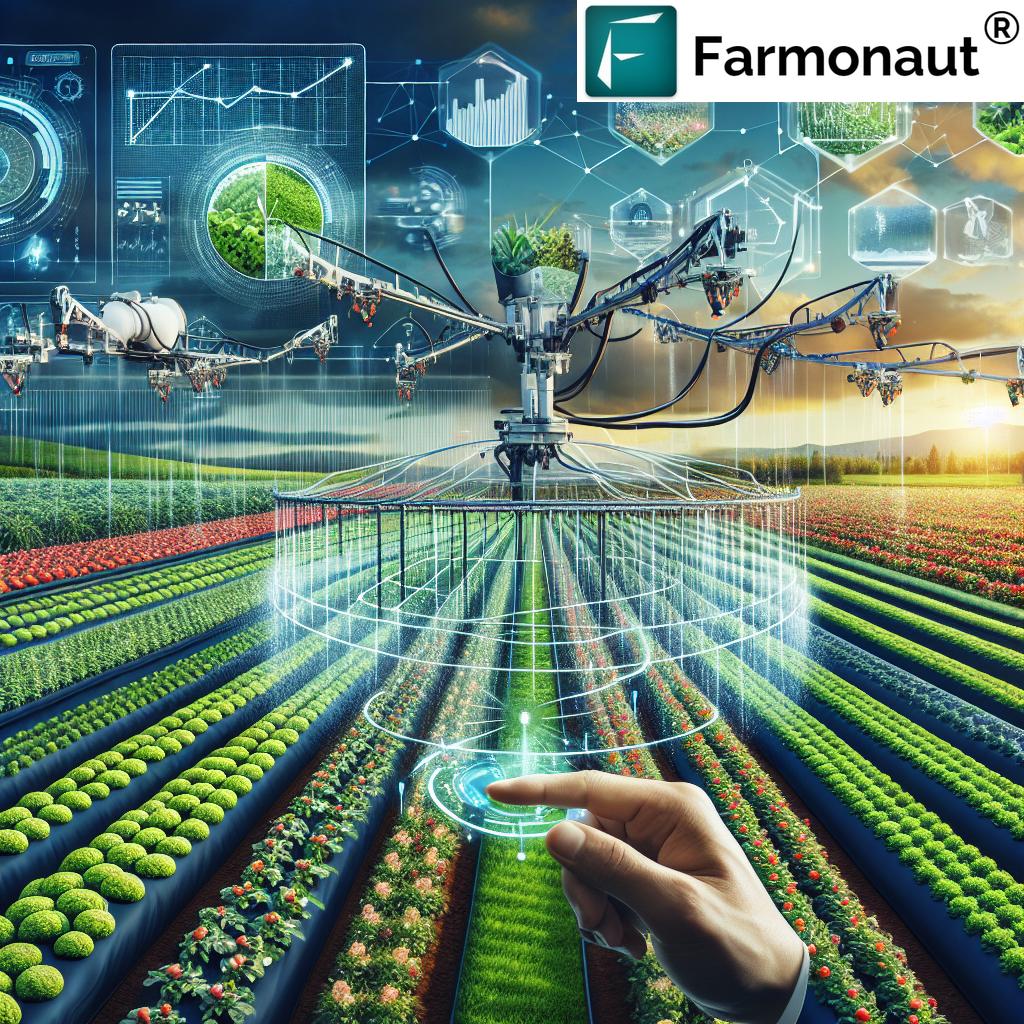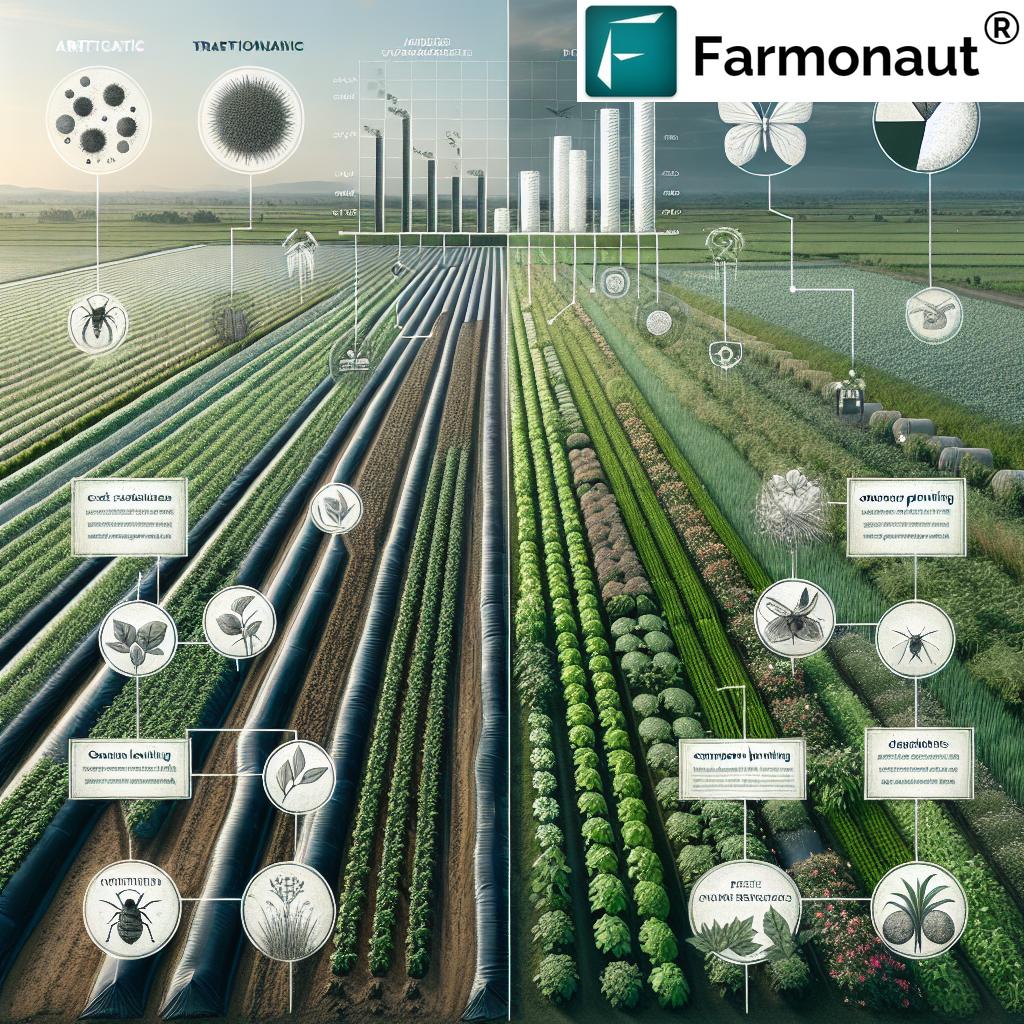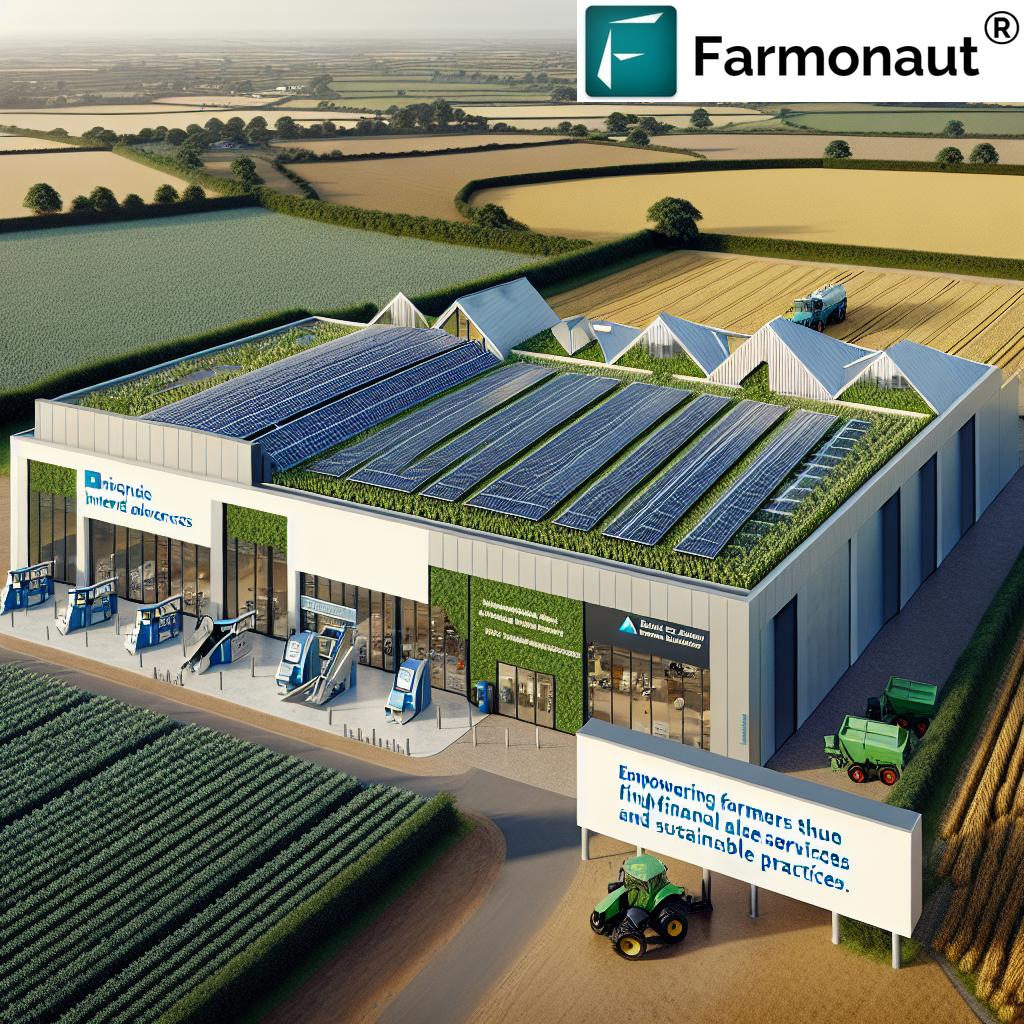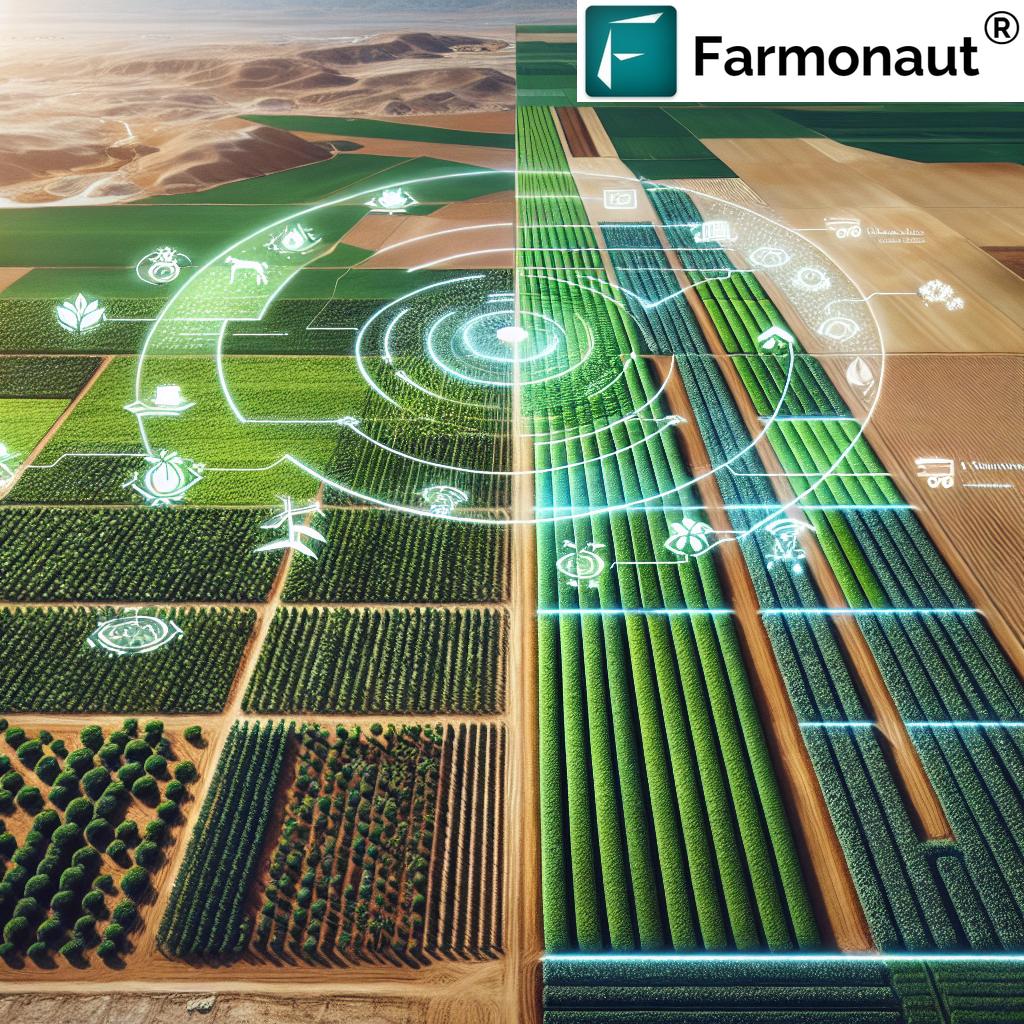Climate-Resilient Agriculture: Empowering Small Farmers in the Philippines for Sustainable Food Systems
In the face of escalating climate change, we find ourselves at a critical juncture where the resilience of our global food systems is being put to the test. Nowhere is this challenge more apparent than in the Philippines, where small-scale farmers are on the front lines of a battle against extreme weather events and shifting agricultural patterns. As we delve into this pressing issue, we’ll explore how climate-resilient agriculture is not just a necessity but a powerful tool for empowering farmers and ensuring food security for generations to come.
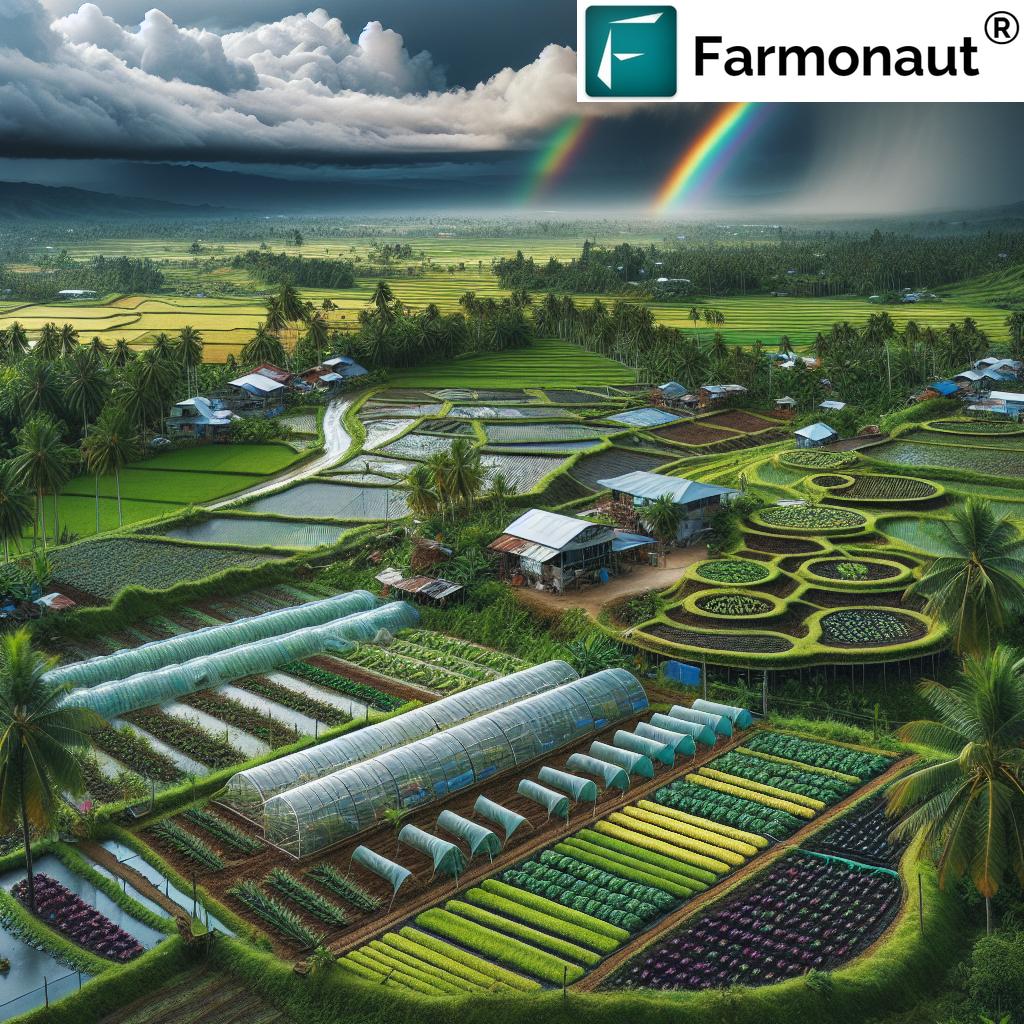
“Small-scale farmers produce up to 80% of food in developing countries, making their climate resilience crucial for global food security.“
The Philippine Agricultural Landscape: A Microcosm of Global Challenges
The Philippines, an archipelagic nation blessed with diverse ecosystems, has long been an agricultural powerhouse. From lush rice paddies to verdant coconut groves and thriving vegetable patches, the country’s farming sector is as varied as it is vital. However, this rich agricultural tapestry is increasingly under threat from the relentless march of climate change.
Farmers like Esther Penunia, whose story resonates with millions across the Global South, face a daunting array of challenges:
- Intensifying typhoons that ravage crops and infrastructure
- Prolonged droughts that stress water resources and reduce yields
- Unpredictable weather patterns that disrupt traditional planting calendars
- Rising temperatures that introduce new pests and diseases
These challenges are not unique to the Philippines. They represent a global crisis that threatens the very foundation of our food systems. As we stand on the precipice of a potential food security catastrophe, the need for climate-resilient agriculture has never been more urgent.
The Imperative of Climate Finance in Agriculture
At the heart of the struggle for climate-resilient agriculture lies a critical issue: funding. The stark reality is that small farmers, who form the backbone of global food production, receive less than 1% of climate funding. This disparity is not just unfair; it’s dangerous for global food security.
As the United Nations climate summit approaches, voices like Penunia’s are becoming increasingly urgent. The call for a significant allocation of climate funds to agriculture is not just a plea for fairness; it’s a strategic imperative. Without support for these farmers, who will provide the essential food resources our growing global population relies on?
The World Resources Institute paints a sobering picture: nations in the Global South face a critical shortfall of $1 trillion in climate finance to meet their agricultural needs. This gap is not just a number; it represents millions of farmers struggling to adapt to a changing climate without the necessary resources.
Sustainable Farming Practices: A Path Forward
In the face of these challenges, sustainable farming practices offer a beacon of hope. These methods not only help farmers adapt to climate change but also contribute to mitigating its effects. Let’s explore some key practices that are making a difference:
- Drought-resistant crop varieties: Developing and planting crops that can withstand periods of water scarcity is crucial in regions facing increasing drought risks.
- Integrated pest management: This approach reduces reliance on chemical pesticides, promoting ecological balance and resilience against new pest threats.
- Water conservation techniques: From drip irrigation to rainwater harvesting, these methods help farmers make the most of limited water resources.
- Agroforestry: Integrating trees with crops or livestock can improve soil health, increase biodiversity, and provide additional income streams for farmers.
These practices are not just theoretical solutions; they’re being implemented by forward-thinking farmers across the Philippines and beyond, often with remarkable results.
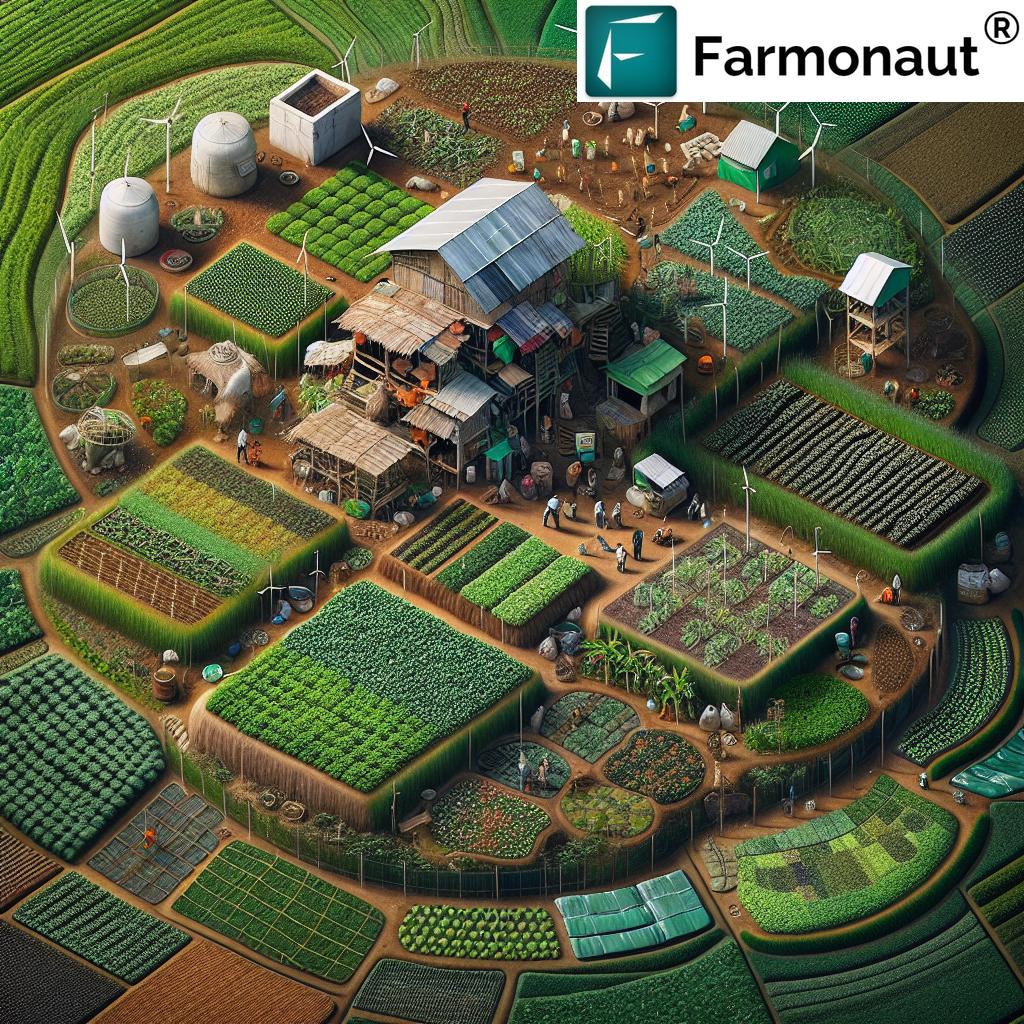
The Role of Technology in Climate-Resilient Agriculture
As we strive for agricultural adaptation to climate change, technology emerges as a powerful ally. Innovative solutions are helping farmers make informed decisions, optimize resource use, and increase their resilience to climate shocks. Here’s how technology is making a difference:
- Satellite-based crop monitoring: Advanced imaging technologies help farmers track crop health and make timely interventions.
- AI-powered advisory systems: These tools provide personalized recommendations based on real-time data and historical patterns.
- Blockchain for supply chain transparency: Ensuring fair prices and traceability in agricultural products.
- Precision agriculture tools: Enabling targeted application of inputs, reducing waste and environmental impact.
Companies like Farmonaut are at the forefront of this technological revolution in agriculture. Through their innovative platform, farmers can access crucial data and insights that were once out of reach for small-scale operations.
“Climate-smart agriculture can potentially reduce greenhouse gas emissions by 50-90% compared to conventional farming practices.“
The Balancing Act: Emissions Reduction and Agricultural Needs
As we navigate the complexities of climate change and agriculture, a critical debate emerges: how do we balance the urgent need to reduce greenhouse gas emissions with the equally pressing demand for increased agricultural productivity?
This question is particularly pertinent given that food systems contribute roughly one-third of global greenhouse gas emissions. It’s a stark reminder that our efforts to feed the world have significant environmental consequences.
Experts like Ismahane Elouafi from CGIAR emphasize the importance of investing in agricultural adaptation as the climate continues to warm. But this adaptation must go hand in hand with mitigation efforts. The challenge lies in finding solutions that serve both purposes.
Innovative Solutions for Climate-Resilient Agriculture
As we confront the dual challenges of climate change and food security, innovative solutions are emerging that promise to transform agriculture. These climate-smart farming solutions are not just about survival; they’re about thriving in a changing world. Let’s explore some of the most promising innovations:
- Vertical farming: Maximizing space and minimizing water use in urban environments.
- Gene editing for climate-resilient crops: Developing plant varieties that can withstand extreme weather conditions.
- Biochar application: Enhancing soil health and carbon sequestration.
- Smart irrigation systems: Optimizing water use through sensors and AI.
These innovations are not just theoretical concepts; they’re being implemented and refined in real-world settings, offering hope for a more resilient and sustainable agricultural future.
Explore Farmonaut’s API for advanced agricultural insights
The Impact of Climate-Resilient Agriculture: A Quantitative Look
To truly understand the potential of climate-resilient agriculture, it’s helpful to look at some concrete numbers. Here’s a table that illustrates the impact of various climate-smart practices:
| Practice | Crop Yield Increase (%) | Water Savings (%) | Cost Reduction (%) | Climate Resilience Score (1-10) |
|---|---|---|---|---|
| Drought-resistant crops | 15-30 | 20-40 | 10-25 | 8 |
| Integrated pest management | 10-20 | 5-15 | 15-30 | 7 |
| Water conservation techniques | 20-35 | 30-50 | 20-35 | 9 |
| Agroforestry | 25-40 | 15-25 | 25-40 | 9 |
These figures demonstrate the significant potential of climate-resilient practices to not only increase yields and reduce costs but also to dramatically improve the overall resilience of agricultural systems.
The Role of Policy in Promoting Climate-Resilient Agriculture
While technological innovations and sustainable practices are crucial, they must be supported by robust policy frameworks. Governments and international bodies have a vital role to play in creating an environment that fosters climate-resilient agriculture. Key policy areas include:
- Incentivizing the adoption of sustainable farming practices
- Investing in agricultural research and development
- Improving access to climate finance for small-scale farmers
- Developing early warning systems for extreme weather events
- Promoting crop insurance programs to mitigate climate-related risks
The success of these policies relies on a collaborative approach, involving governments, NGOs, the private sector, and most importantly, the farmers themselves.
The Global Perspective: Lessons from the Philippines
While our focus has been on the Philippines, the lessons learned here have global implications. Countries around the world, from Baku, Azerbaijan to the heartlands of America, are grappling with similar challenges. The strategies and solutions being developed in the Philippines can serve as a blueprint for other nations facing climate-related agricultural challenges.
Key takeaways include:
- The importance of local knowledge in developing resilient farming practices
- The power of community-based approaches to climate adaptation
- The critical role of technology in empowering small-scale farmers
- The need for integrated approaches that address both climate mitigation and adaptation
Access Farmonaut’s API Developer Docs for in-depth technical information
The Road Ahead: Challenges and Opportunities
As we look to the future of climate-resilient agriculture, we face both significant challenges and exciting opportunities. The path forward will require:
- Increased investment in agricultural research: Developing new crop varieties and farming techniques adapted to changing climates.
- Improved access to technology: Ensuring that small-scale farmers can benefit from advanced agricultural technologies.
- Enhanced climate finance mechanisms: Creating more accessible and equitable funding streams for agricultural adaptation.
- Strengthened global cooperation: Sharing knowledge, resources, and best practices across borders.
- Empowerment of local communities: Recognizing and supporting the crucial role of small-scale farmers in global food security.
The challenges are immense, but so too are the opportunities. By embracing climate-resilient agriculture, we have the chance to not only secure our food systems but also to create more equitable, sustainable, and resilient societies.
Conclusion: A Call to Action
As we conclude our exploration of climate-resilient agriculture and its critical role in empowering small farmers in the Philippines and beyond, we’re left with a sense of both urgency and hope. The challenges posed by climate change to our food systems are undeniable, but so too are the innovative solutions emerging to address them.
From the rice paddies of Luzon to the vegetable patches of Mindanao, Filipino farmers are at the forefront of a global movement towards more sustainable and resilient agricultural practices. Their experiences, challenges, and successes offer valuable lessons for farmers and policymakers worldwide.
The path to climate-resilient agriculture is not an easy one, but it is a necessary journey. It requires commitment from all sectors of society – from governments and international organizations to private companies and individual consumers. Each of us has a role to play in supporting the transition to more sustainable food systems.
As we face the uncertainties of a changing climate, let us remember the words of Esther Penunia and the millions of small-scale farmers she represents. Their question – “Who will provide the food?” – is one we must all take seriously. By investing in climate-resilient agriculture, we’re not just securing our food supply; we’re investing in the resilience and prosperity of communities around the world.
The time for action is now. Let us work together to build a future where agriculture not only survives in the face of climate change but thrives, providing sustainable livelihoods for farmers and nutritious food for all. The seeds of this future are being planted today in the fields of the Philippines and beyond. It’s up to all of us to nurture them and help them grow.
FAQs
- What is climate-resilient agriculture?
Climate-resilient agriculture refers to farming practices and systems that are designed to adapt to and mitigate the impacts of climate change. This includes using drought-resistant crops, implementing water conservation techniques, and adopting sustainable land management practices. - How does climate change affect small-scale farmers in the Philippines?
Climate change impacts small-scale farmers in the Philippines through more frequent and intense typhoons, prolonged droughts, unpredictable weather patterns, and rising temperatures. These factors can lead to crop losses, reduced yields, and increased vulnerability to pests and diseases. - What role does technology play in climate-resilient agriculture?
Technology plays a crucial role in climate-resilient agriculture by providing tools for better decision-making, resource management, and risk mitigation. This includes satellite-based crop monitoring, AI-powered advisory systems, precision agriculture tools, and blockchain for supply chain transparency. - How can small-scale farmers access funding for climate-resilient agriculture?
Small-scale farmers can access funding through various channels, including government programs, international development organizations, microfinance institutions, and climate finance initiatives. However, there’s a recognized need to increase the accessibility and volume of funding available to small-scale farmers. - What policy measures can support the transition to climate-resilient agriculture?
Supportive policy measures can include incentives for adopting sustainable practices, investment in agricultural research and development, improving access to climate finance, developing early warning systems for extreme weather events, and promoting crop insurance programs.






